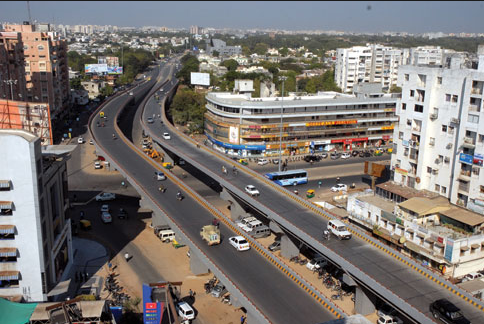
The master plan for twin towns of the Adipur-Gandhidham, situated at 8km distance from each other, was prepared by an Italian architect Mario Baccheocci in 1949.
Adipur and Gandhidam, the twin cities of Sindhis in Kutch district of Gujarat State in India have very interesting as well as inspiring stories of struggle and determination for resettlement of Sindhis uprooted as a result of partition of Indian subcontinent in 1947.
Hundreds of thousands Sindhi families, who migrated from Sindh were housed in different refugee camps where they had to live a miserable life. Realizing such a situation, Bhai Pratap, a businessman hailing from Hyderabad Sindh, had decided to establish twin cities in Kutch area. However, Sindhis were unwilling to settle there being a desert area where snakes and other poisonous creatures could be found everywhere.
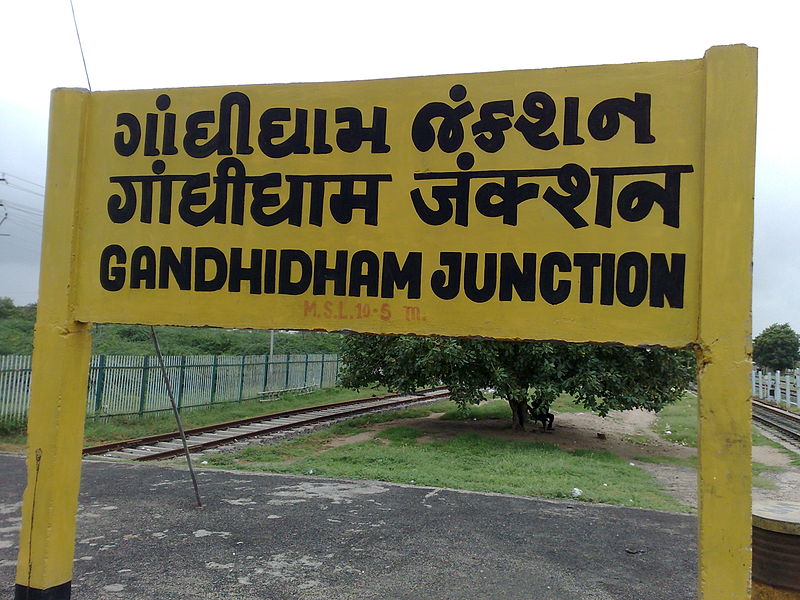 “When Adipur-Gandhidham towns were founded, no Sindhi families were willing to live here. The place had snakes and other poisonous desert creatures. Bhai Pratap paid 50 paisa for killing snakes and 25 paisa for scorpions,” Sindhu Resettlement Corporation (SRC) chairperson Nirmala Gajwani had said according to a write up published by ‘All about Sindhis’ website.
“When Adipur-Gandhidham towns were founded, no Sindhi families were willing to live here. The place had snakes and other poisonous desert creatures. Bhai Pratap paid 50 paisa for killing snakes and 25 paisa for scorpions,” Sindhu Resettlement Corporation (SRC) chairperson Nirmala Gajwani had said according to a write up published by ‘All about Sindhis’ website.
The master plan for twin towns of the Adipur-Gandhidham, situated at 8km distance from each other, was prepared by an Italian architect Mario Baccheocci in 1949.
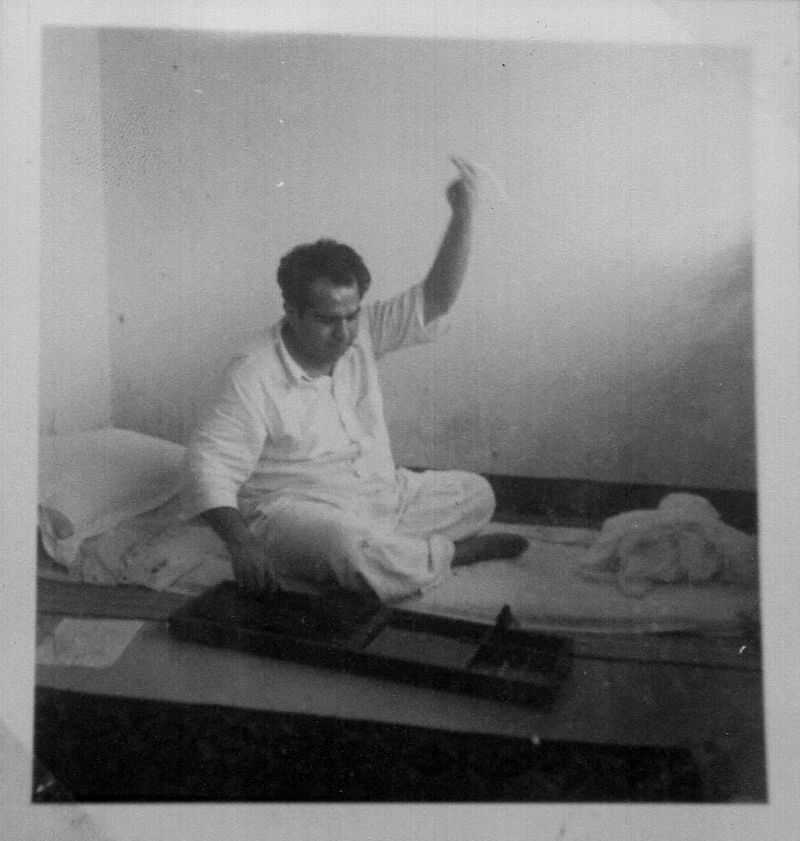
Remembering addresses at the Sindhi resettlement township in Adipur is very simple and unique. All it comprises is a few alphabets and numbers and are said to be the shortest addresses in the country.
Addresses like SDR69, SDX50, CBX56, TRS69 and SBD4 are common here. And, people here look for each other’s houses by these codes, which for an outsider will appear strange. But, the code is simple for residents as they denote the type of house, the locality and house numbers.
The unique addresses were suggested by a group of German engineers and planners, who lived in the township while building the Kandla port, also founded by Bhai Pratap.
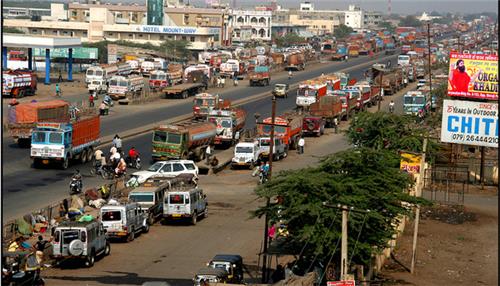
The houses are again classified as “Do-wali” (Rs.2 rent), “Che-wali” (Rs.6 rent), and “Dus-wali” (Rs.10 rent).
“The founder of Adipur-Gandhidham, Bhai Pratap, had distributed these houses with specific rents. The houses in Gandhidham and Adipur are arranged in sectors. Here in Adipur, we have wards each assigned a number instead of sectors. Today, these addresses are simple to understand and can help you navigate the area,” says Bhai Pratap Maitri Mandal member, Ramesh Vaswani.
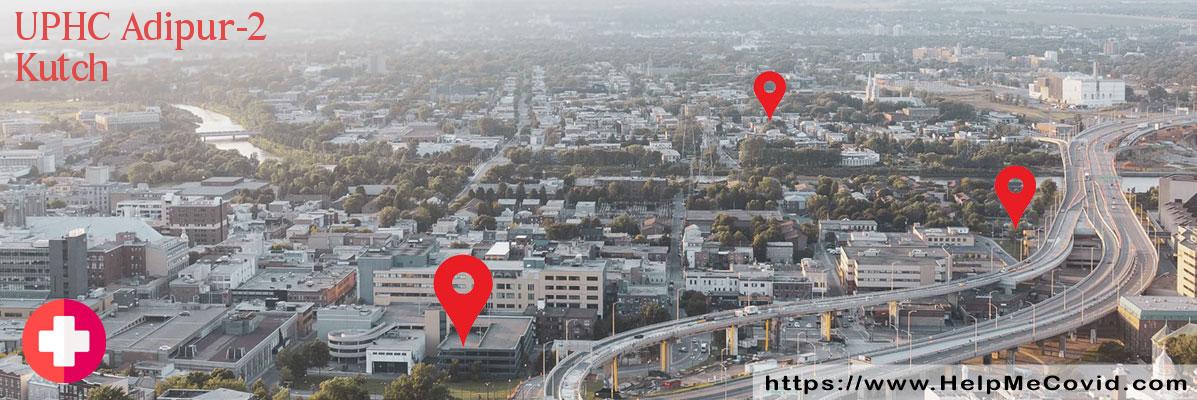
“There have been very few changes in the master plan of Gandhidham and Adipur. Regulations restricting heights of buildings, access to civic amenities, proximity to schools, hospitals and institutions to residential areas, direction of roads, use of hollow bricks in construction of houses to withstand earthquakes have been incorporated in the planning of the twin towns,’’ says Mohan Sajnani, general manager of SRC.
“Bhai Pratap wanted the twin towns to flourish as the Karachi port which made many Sindhi businessmen multi-millionaires. Today, Kandla port is one of the richest in the country.”
After Partition, his efforts were focused on rehabilitating the community. With the help of Mahatma Gandhi and Vallabhbhai Patel, Bhai Pratap approached the Maharao of Kutch, an area geographically, culturally and linguistically akin to Sindh. In January 1948, the Maharao generously donated 15,000 acres to the Sindhu Resettlement Corporation (SRC), a joint-stock company established by Bhai Pratap, to develop and manage civic amenities there.
Gandhidham was developed as a commercial center and Adipur for residences, schools, and social and cultural activities. Bhai Pratap also identified a creek in the kingdom which he began to develop into a port. With focused planning and intense personal efforts, he developed uninhabited barren wasteland, establishing a base for the bustling cities they have become.
Founding two new cities was an uphill task as the government of India declared all grants of land as ‘null and void’. This also applied to the 15000 acres granted by the Maha Rao of Kutch to SRC. Eventually, after due legal process, SRC was granted a 99-year lease for just 2600 acres in 1954. There was a condition that it would also remain subordinate to bodies run by the Government of India, including the Kandla Port Authority and the Gandhidham Land Development Board.
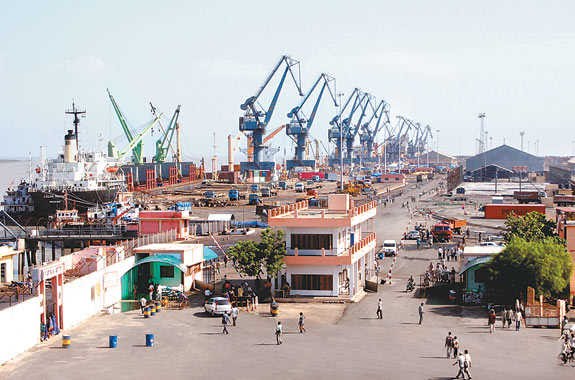
As for Kandla – today it hosts one of India’s major ports. In 1952, its foundation was laid by Indian Prime Minister Jawaharlal Nehru. In 1955, it was designated a Major Port by Minister of Transport Lal Bahadur Shastri. In 1965, it was given the status of India’s first Special Economic Zone, a culmination of Bhai Pratap’s vision.
____________________
Source: All about Sindhis, Sindh Stories, Sindh Courier and other websites